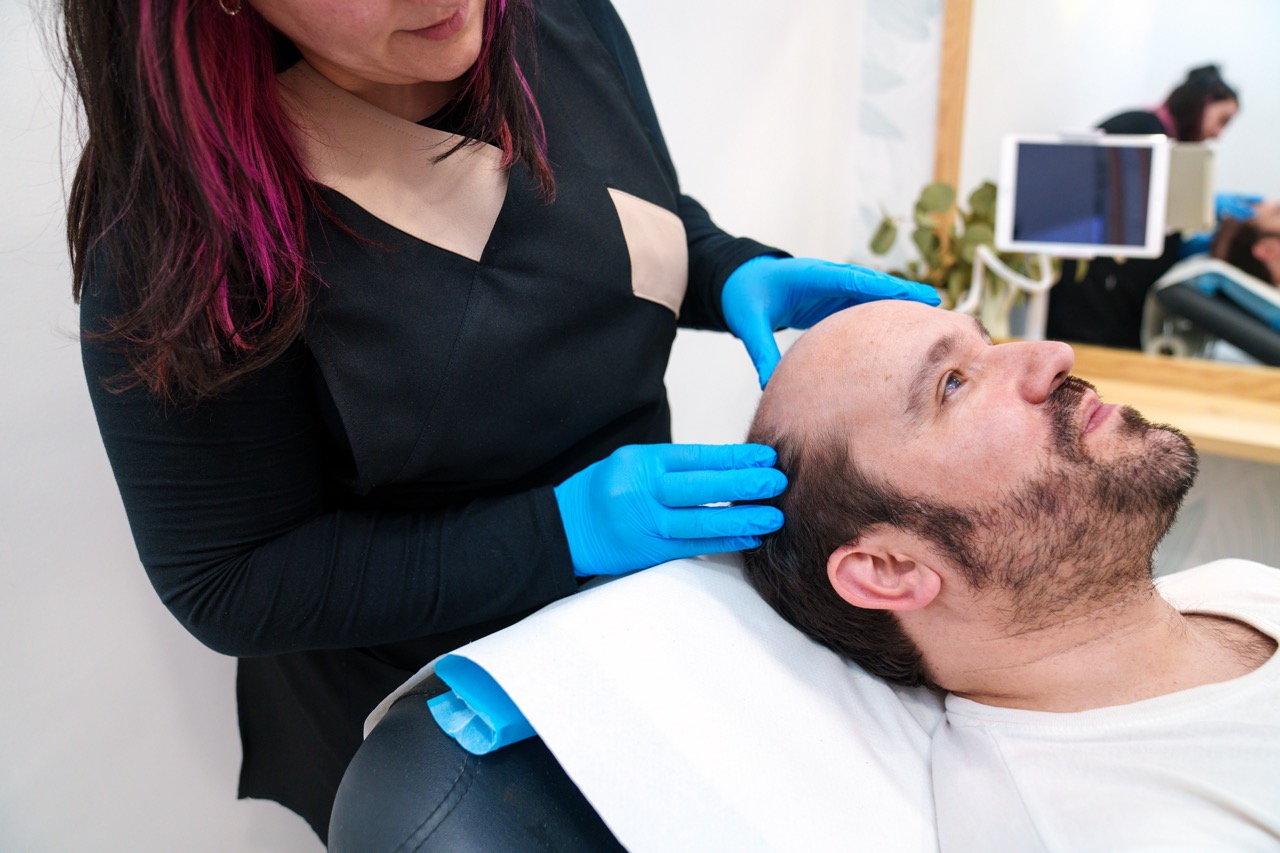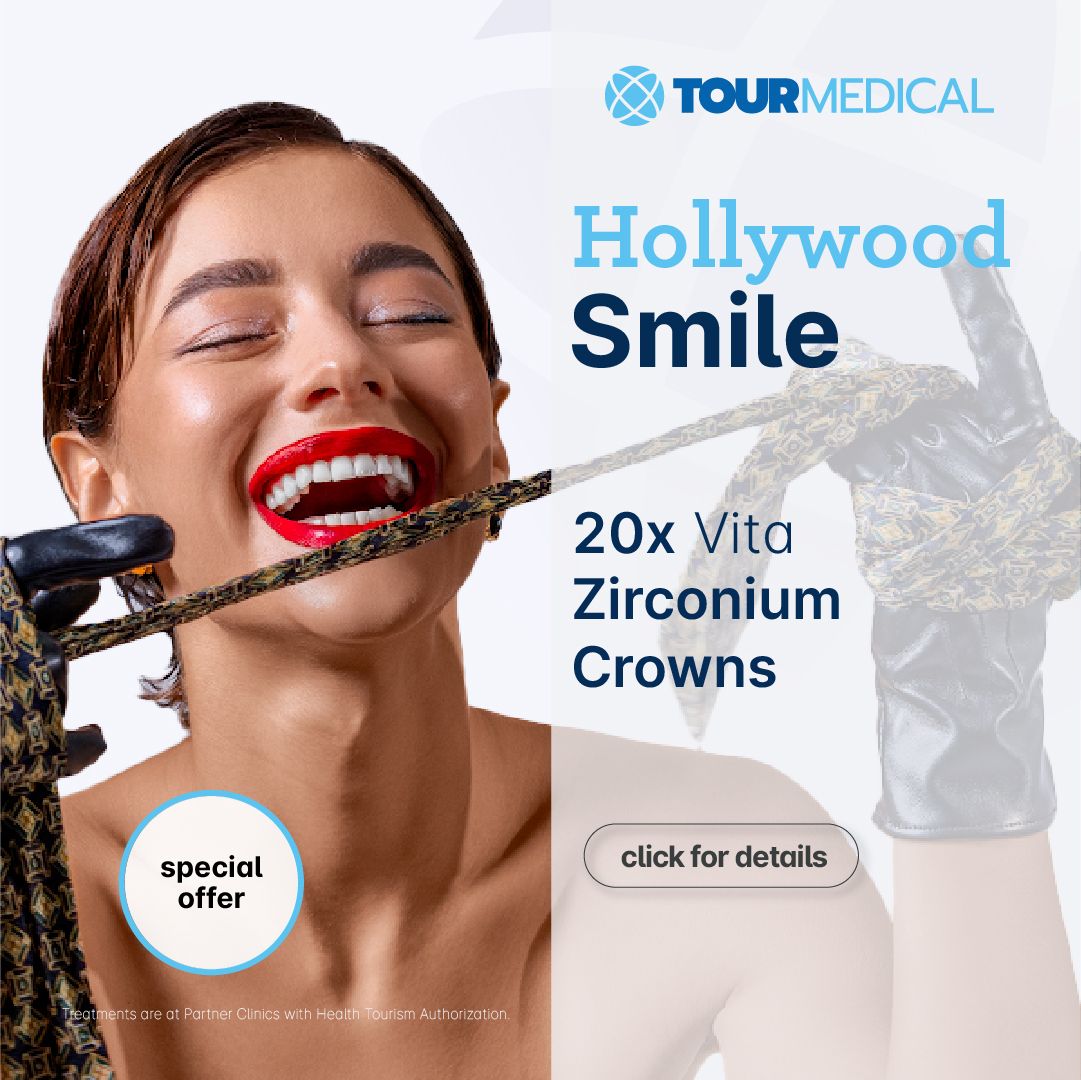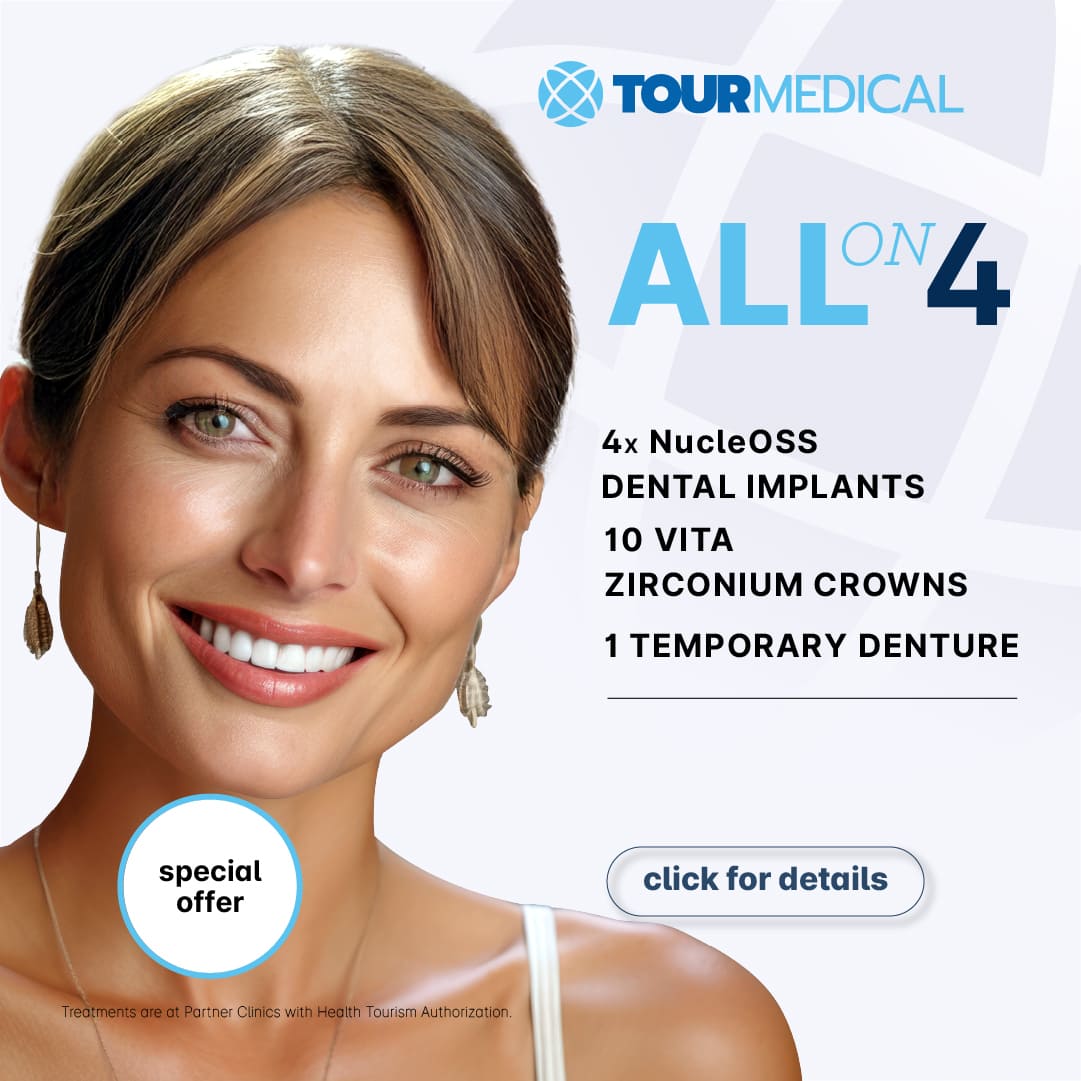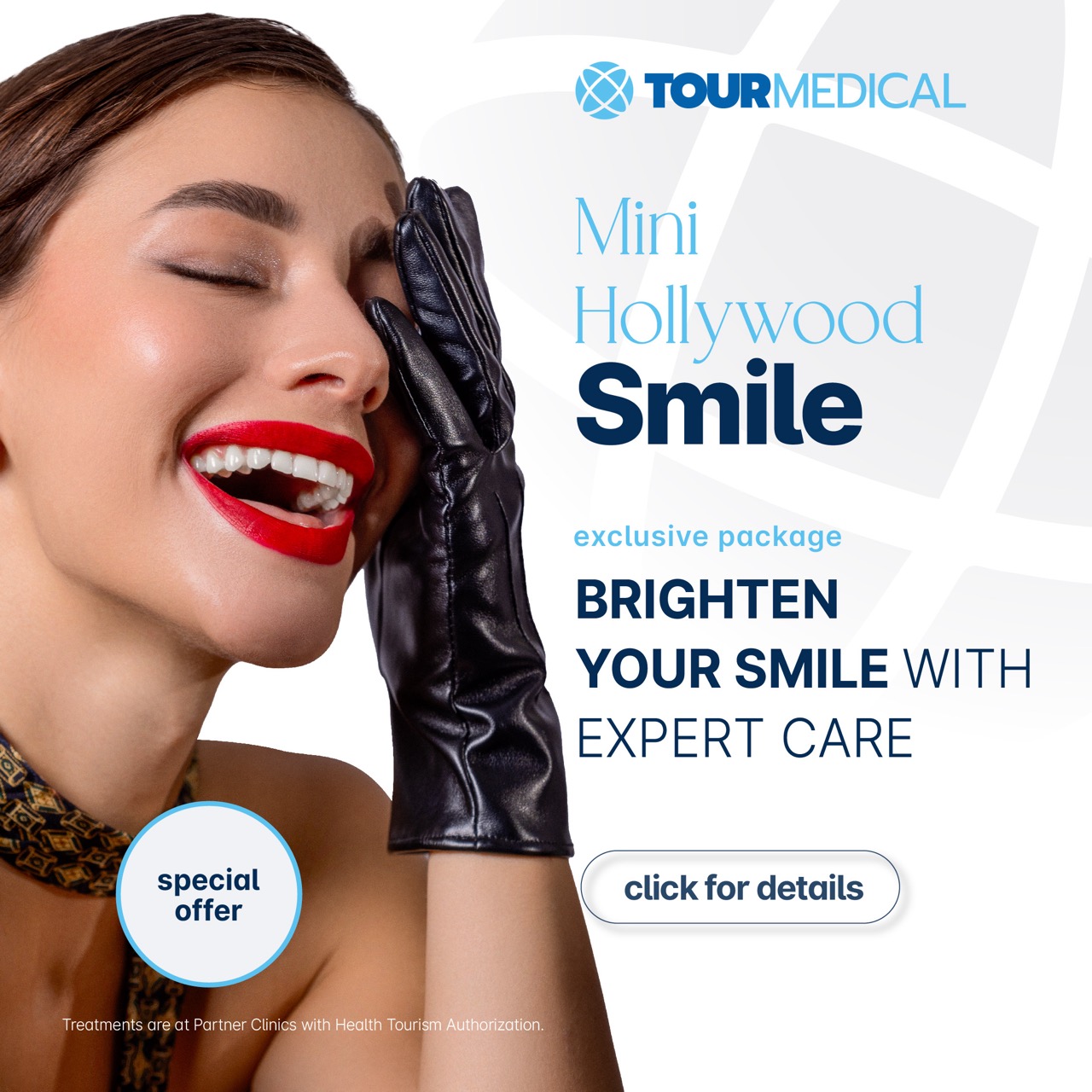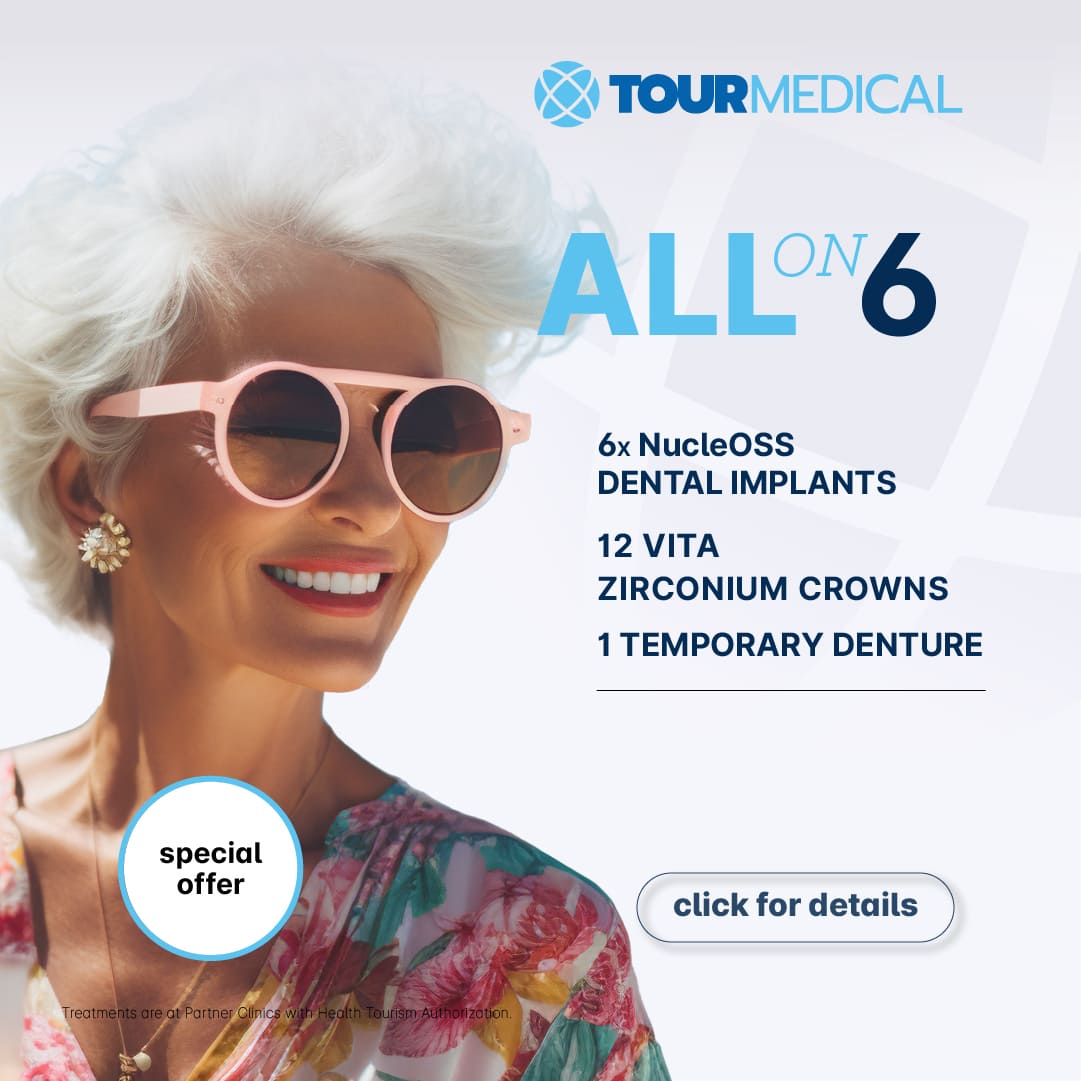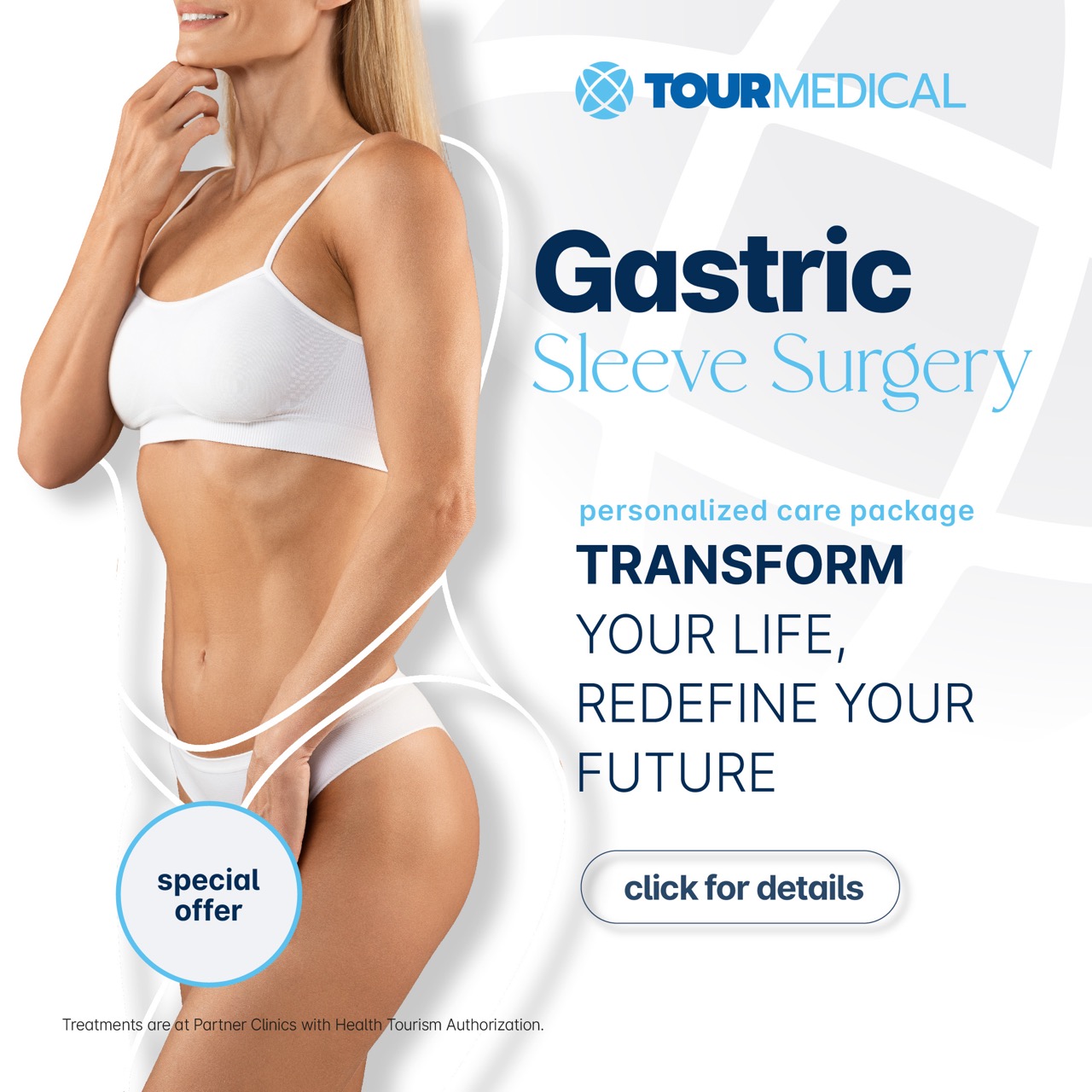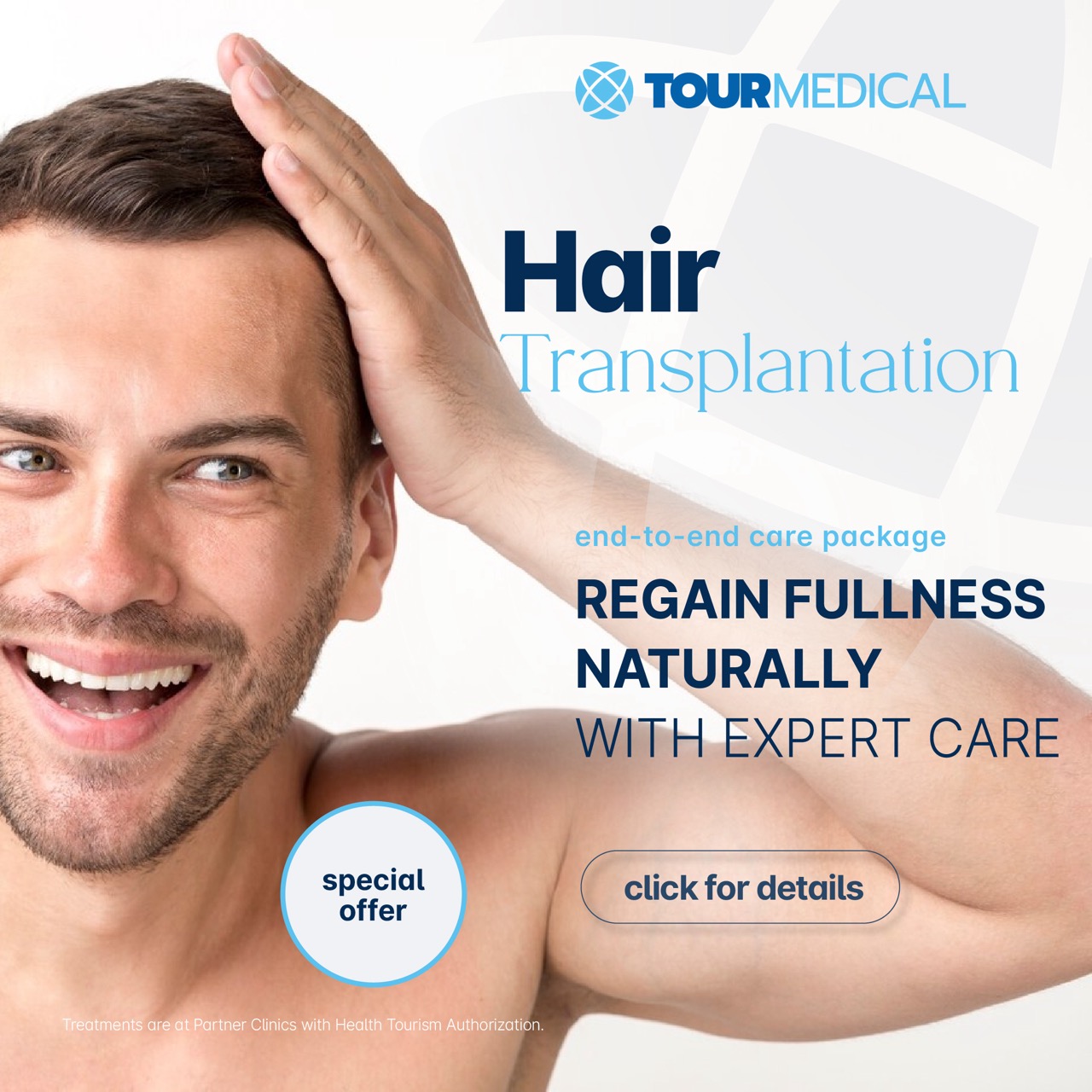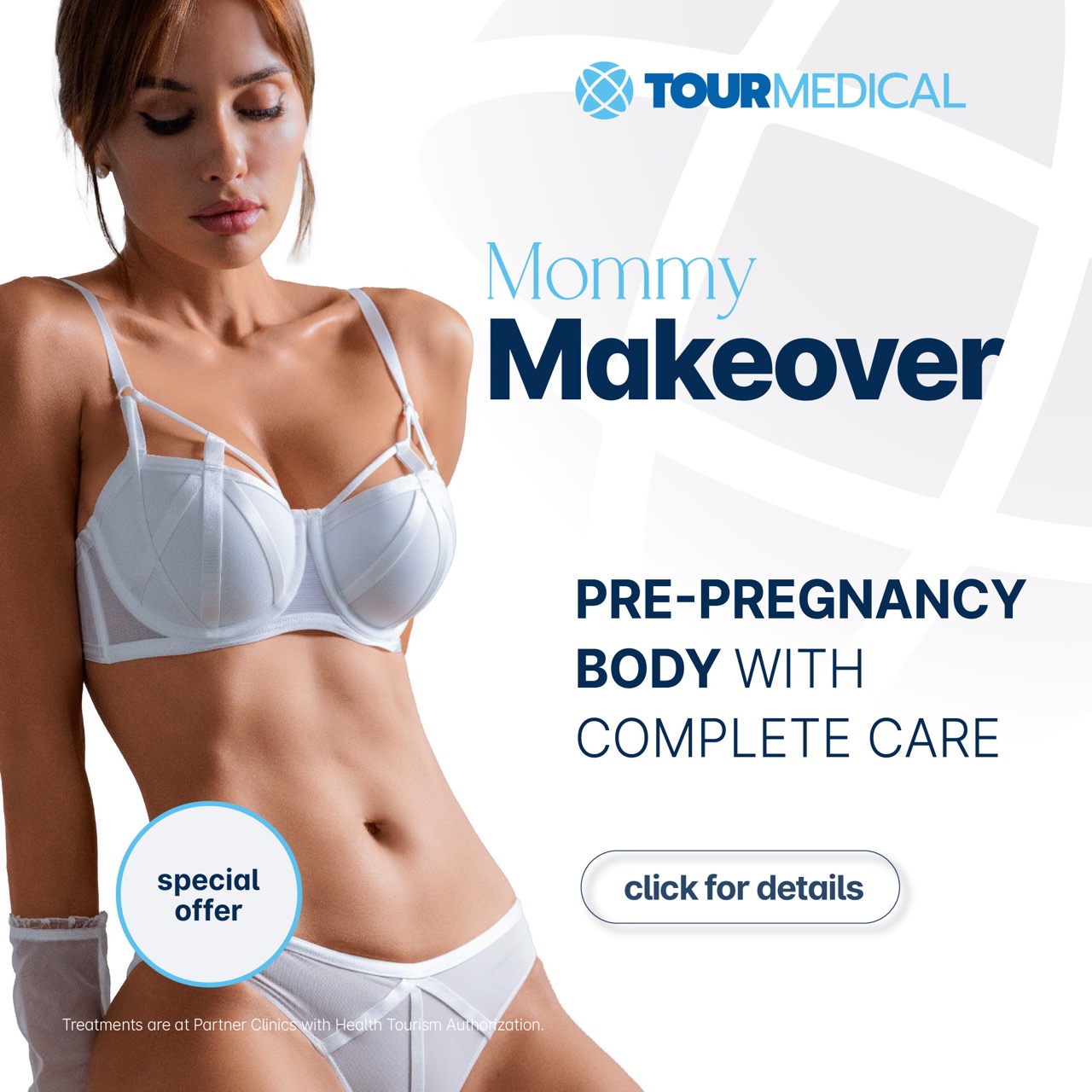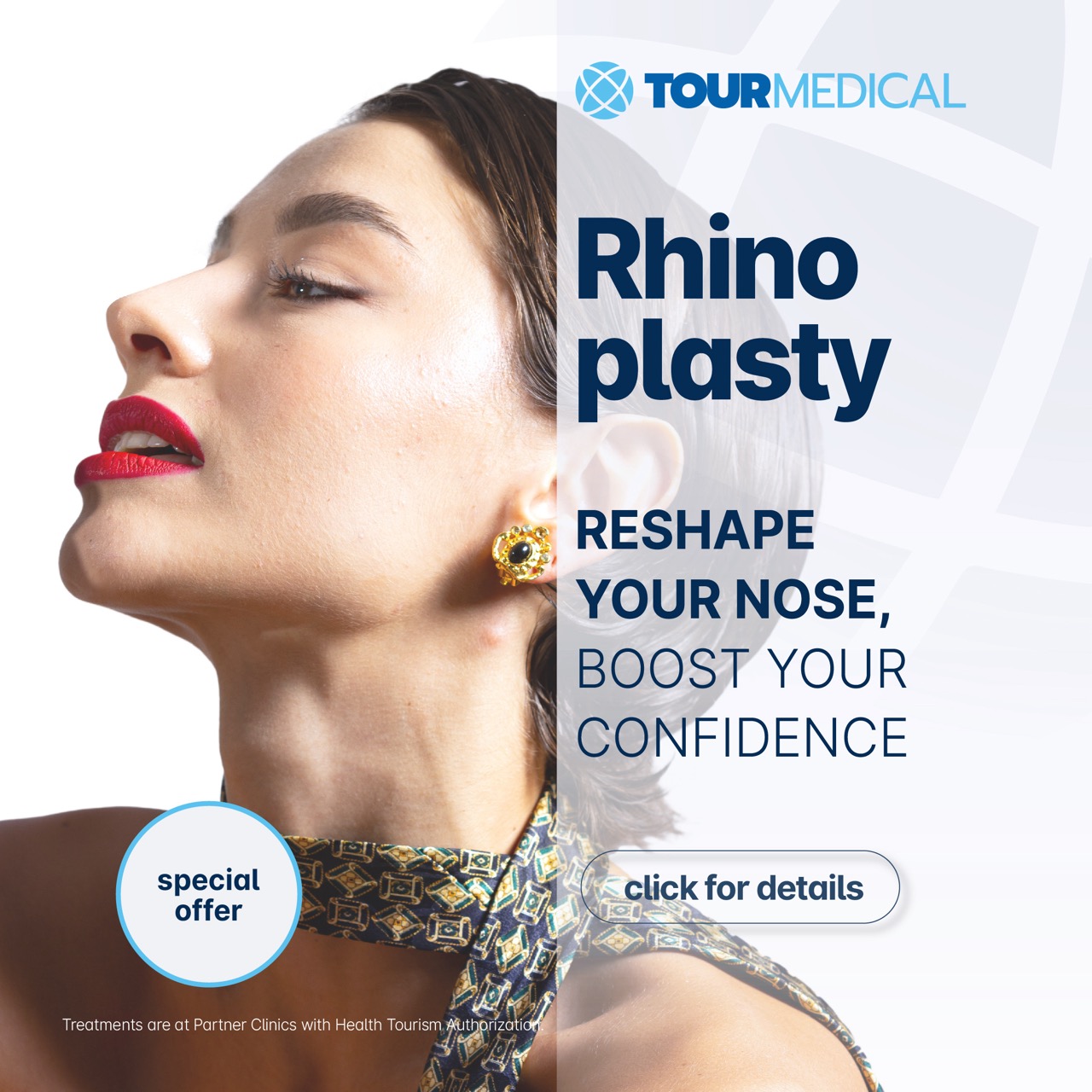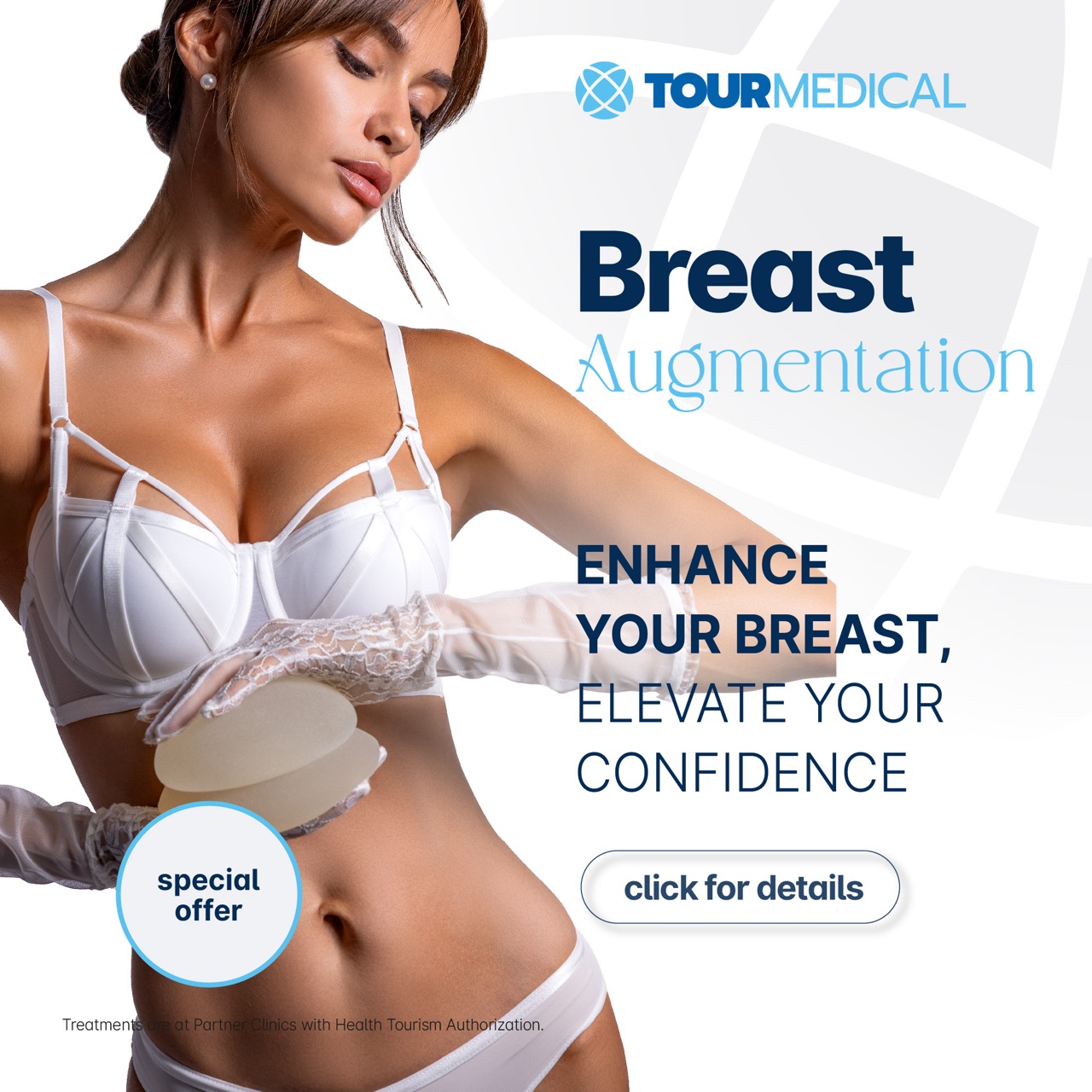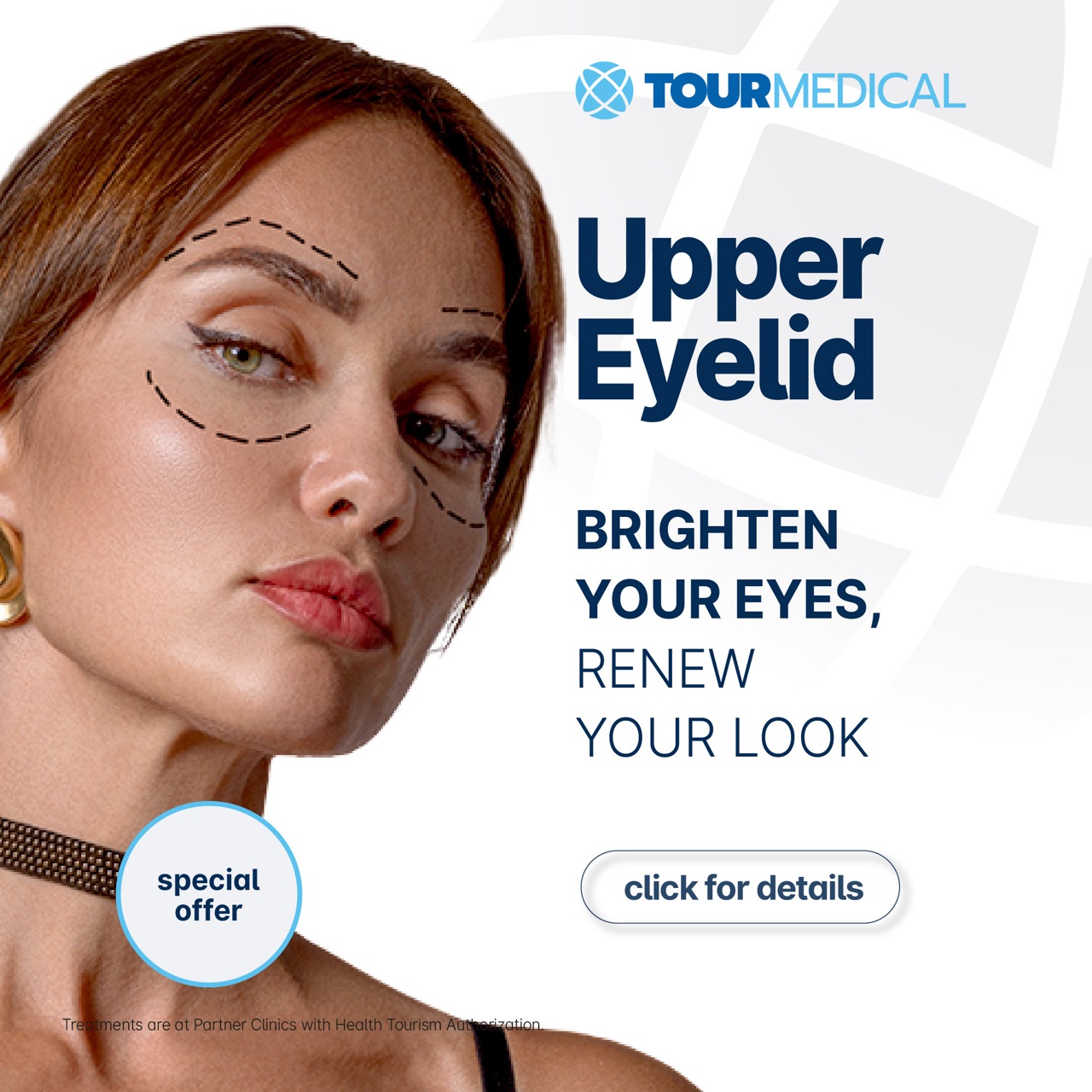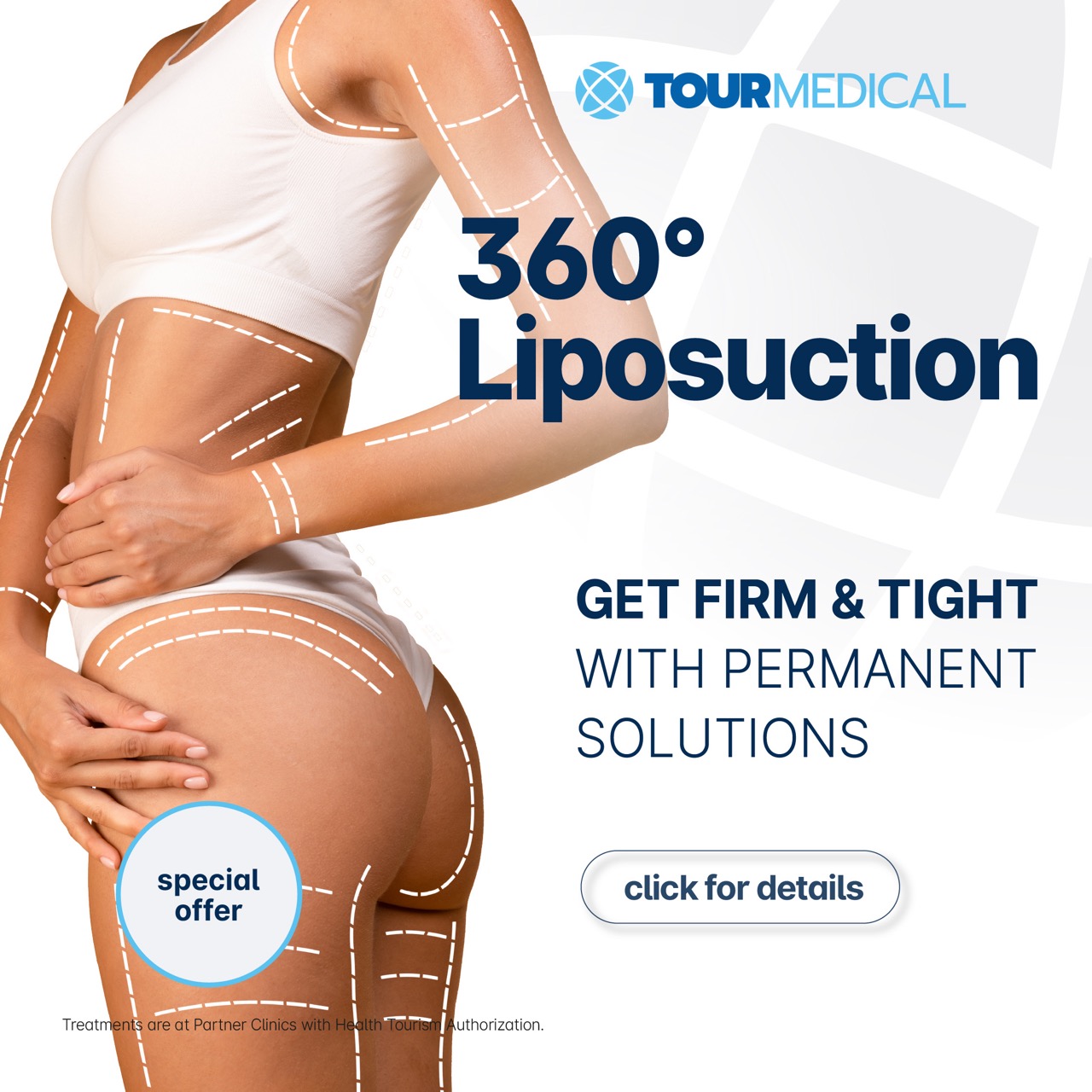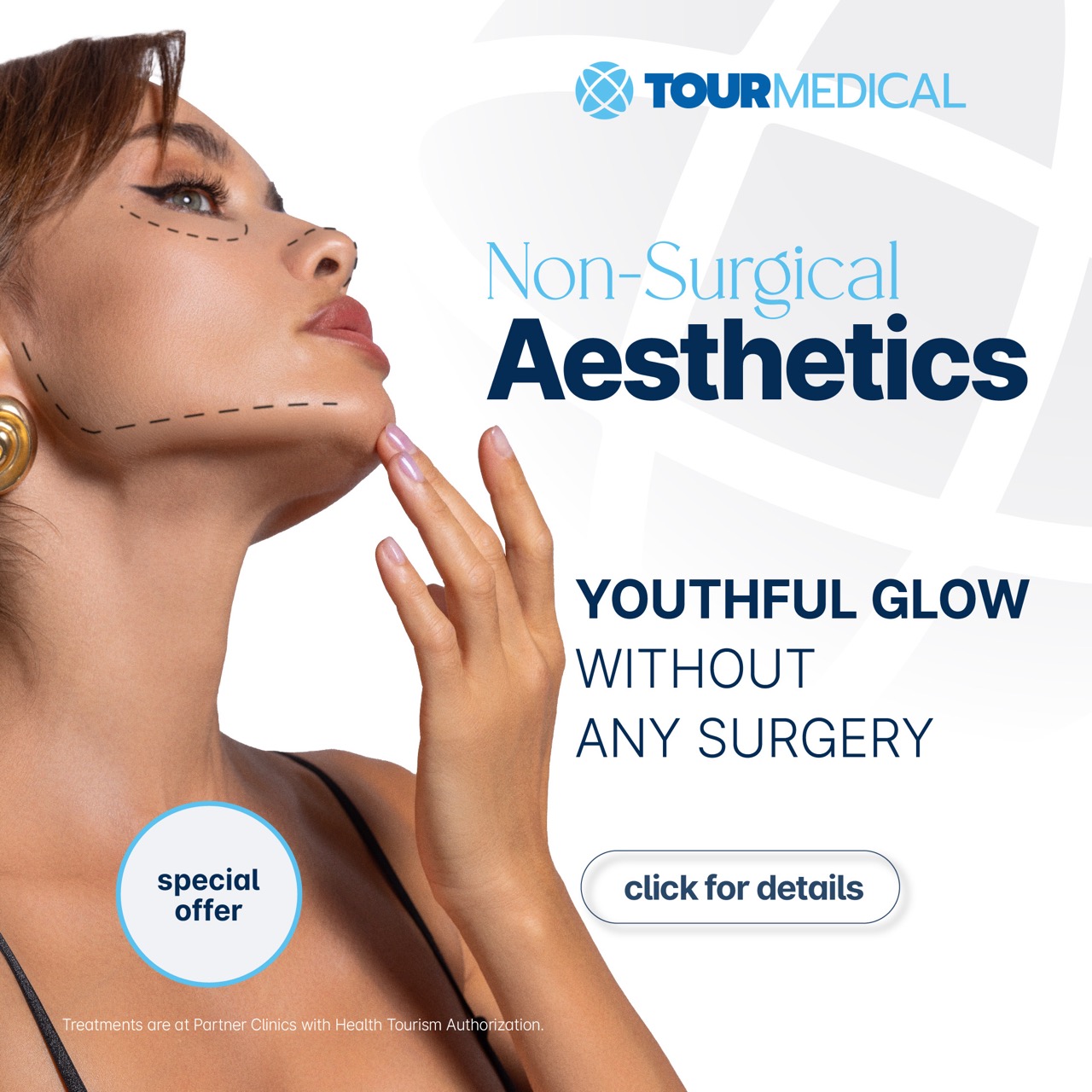PRP Therapy After Hair Transplant – Does It Improve Results?
Hair transplants have long been a trusted method for restoring thinning or balding areas of the scalp. Yet, as with any surgical procedure, optimizing the final results often comes down to how well the transplanted grafts thrive and how healthy the scalp environment remains post-surgery. That’s where PRP (Platelet-Rich Plasma) therapy enters the conversation. Increasingly, patients and surgeons are turning to PRP therapy as a complementary treatment after a hair transplant, but does it actually improve the results? Let’s take a closer look.
What Is PRP Therapy?
PRP therapy involves drawing a small amount of the patient’s blood, processing it to isolate platelet-rich plasma (a concentration of platelets, growth factors, and proteins), and then injecting it into targeted areas of the scalp. These growth factors are thought to help rejuvenate hair follicles, promote healing, and encourage thicker, healthier hair growth. PRP has been used for years in other medical fields—such as sports medicine and dermatology—to speed up recovery and enhance tissue repair.
In the context of hair restoration, PRP therapy is often used to:
- Stimulate the activity of hair follicles, encouraging new growth.
- Improve the overall health of the scalp and hair shafts.
- Help transplanted grafts settle more quickly and begin growing sooner.
How PRP Therapy Works Post-Transplant
After a hair transplant, the newly implanted grafts need time to establish themselves, form a blood supply, and enter the normal hair growth cycle. PRP therapy, performed at intervals during this recovery phase, may offer several benefits:
Enhanced Graft Survival:
- PRP’s growth factors can help create a supportive environment for transplanted hair follicles, potentially increasing their survival rate and improving early growth.
Reduced Inflammation and Faster Healing:
- The anti-inflammatory properties of PRP may help minimize post-surgical redness, swelling, and irritation. A healthier scalp environment can pave the way for smoother recovery.
Thicker, More Robust Hair:
- Over time, PRP therapy can encourage not just the transplanted hairs but also existing thinning hairs to grow thicker and healthier. This can enhance overall density and make the final results appear more full and natural.
Faster Visible Results:
- While hair transplants typically require several months before visible growth occurs, patients undergoing PRP therapy often report earlier signs of hair growth. By supporting follicular health from the start, PRP may shorten the time it takes to see noticeable improvements.
The Evidence: What Does the Research Say?
While PRP therapy is widely used and many patients and doctors report positive outcomes, it’s worth noting that the scientific evidence is still evolving. Several studies have demonstrated encouraging results:
- Some research shows that patients receiving PRP therapy after hair transplants experience faster growth of transplanted hair compared to those who do not receive PRP.
- Studies also suggest that PRP can improve hair density and reduce miniaturization of hair shafts, making the hair appear thicker and healthier.
- However, not all studies are uniformly conclusive, and more large-scale, long-term clinical trials are needed to establish the exact mechanisms and determine the best protocols (such as frequency of sessions, concentration of platelets, and timing after surgery).
Pros and Cons of PRP Therapy After Hair Transplant
Pros:
Non-Invasive:
- PRP involves simple injections and doesn’t require additional surgery.
Low Risk of Side Effects:
- Since PRP is derived from your own blood, the risk of adverse reactions is minimal.
Support for Natural Growth:
- PRP complements the transplant by encouraging both transplanted and native hair to grow stronger.
Potential for Improved Outcomes:
- Many patients notice quicker regrowth and enhanced density when PRP is included in their aftercare.
Cons:
Cost:
- PRP sessions can add to the overall expense of your hair restoration journey.
Multiple Treatments Required:
- To see noticeable benefits, most patients need several sessions, spaced weeks apart.
Varied Results:
- Not everyone responds equally to PRP therapy. While many patients experience positive changes, others may not see significant improvements.
Who Can Benefit Most from PRP After a Hair Transplant?
PRP therapy is not a required part of every hair transplant aftercare plan, but it may be especially helpful for:
Patients with Thinning Hair Around the Transplanted Area:
- PRP can help strengthen and maintain the surrounding native hair, improving overall coverage.
Those Seeking Faster Growth:
- If you’re eager to see results sooner, PRP might help transplanted follicles enter the growth phase more quickly.
People Who Want to Maximize Density:
- By thickening existing hair and supporting the transplanted grafts, PRP can create a fuller, more natural appearance.
Timing and Frequency of PRP Treatments
Most surgeons recommend starting PRP therapy a few weeks after the transplant procedure, once the initial healing phase is underway. Sessions are typically spaced 4–6 weeks apart, with an initial series of 3–4 treatments. Some patients may continue periodic maintenance sessions every few months to sustain and enhance their results.
Conclusion: Does PRP Improve Hair Transplant Results?
While individual responses vary, many patients and surgeons report that PRP therapy enhances the overall success of a hair transplant. By promoting a healthier scalp environment, reducing inflammation, and supporting the growth of both transplanted and native hairs, PRP can contribute to faster, more robust results. If you’re looking to optimize your hair restoration outcome, consulting with a qualified surgeon and discussing the potential benefits of PRP therapy is a worthwhile step.
 English
English


